Disclosure: This article contains affiliate links. We may earn a commission from purchases at no extra cost to you, which helps our travel content.
The moment I stepped off the plane in Apia, Samoa's capital welcomed me with that distinctive Pacific blend of humid warmth and frangipani-scented air. As someone who's spent years documenting vernacular architecture and design traditions across the globe, I was instantly captivated by Apia's visual rhythm—colonial buildings standing alongside fales (traditional Samoan houses) with their distinctive oval shapes and open sides. What makes Apia so special isn't just its physical beauty, but the way Samoan culture infuses every interaction, every meal, and every building with fa'a Samoa—the Samoan way. Unlike other Pacific capitals that have surrendered to concrete modernization, Apia maintains its soul while embracing just enough contemporary influence to make family travel comfortable. After multiple visits photographing local artisans and their craft traditions, I've crafted this weekend guide to help families experience the authentic heart of this vibrant capital without breaking the bank. Trust me when I say that 48 hours here will forever change how your family views island life.
Day 1: Morning – Maketi Fou & Downtown Discoveries
Start your Apia adventure where the locals do—at the bustling Maketi Fou (New Market). I've visited markets across six continents, and there's something uniquely magical about arriving here around 7am when the morning light streams through the open-air structure, illuminating mountains of tropical produce in every imaginable shade of green, yellow, and orange.
On my last visit, I brought my travel journal and spent an hour sketching the architectural details of the market itself—a fascinating blend of utilitarian design with distinctly Samoan spatial organization. The market's layout tells a story about Samoan social hierarchies and community values if you know how to read it.
Children will be mesmerized by the vendors cracking open drinking coconuts with machete-like precision, while parents can stock up on fresh tropical fruits for beach picnics at a fraction of resort prices. Look for palusami (coconut cream wrapped in taro leaves)—it's a perfect on-the-go snack that introduces kids to local flavors.
From the market, take a leisurely 15-minute stroll along Beach Road toward the government buildings. The colonial architecture here tells the complex story of Samoa's path to independence. The old courthouse and clock tower stand as reminders of New Zealand's administrative control until 1962, but their adaptation to local conditions—wide verandas, cross-ventilation, and integration with surrounding tropical gardens—shows how even colonial design had to bow to Samoan climate realities.
Make sure to visit the Samoa Cultural Village behind the Tourism Authority office before noon. They offer free 30-minute introductions to traditional crafts like siapo (tapa cloth making) and wood carving that fascinate visitors of all ages. During my documentation work with local artisans, I noticed how children were particularly drawn to the tatau (traditional tattoo) demonstrations—though parents need not worry, no actual tattooing happens during these educational sessions!

💡 Pro Tips
- Visit Maketi Fou early (before 9am) for the best produce and to avoid midday heat
- Bring small bills in Samoan tala—vendors rarely have change for large notes
- Ask permission before photographing market vendors or their goods
Day 1: Afternoon – Robert Louis Stevenson Museum & Papapapaitai Falls
After a light lunch at one of the cafés along Beach Road (I recommend Nourish Café for their fresh smoothies and kid-friendly options), grab a taxi to the Robert Louis Stevenson Museum. As someone obsessed with how architecture reflects cultural narratives, this restored colonial mansion is a treasure trove of design insights.
Villa Vailima sits majestically against the backdrop of Mount Vaea, surrounded by meticulously maintained tropical gardens. The Scottish author of 'Treasure Island' spent his final years here, and the home beautifully illustrates the adaptation of European architectural ideals to Pacific island conditions.
What struck me most during my visits was how Stevenson incorporated Samoan spatial concepts into what is ostensibly a colonial structure. The wide verandas function much like the open sides of a traditional fale, creating that essential indoor-outdoor flow that defines Pacific Island living. For families, the museum offers a fascinating glimpse into historical island life, complete with original furniture and personal artifacts.
Don't miss the guided tour (included in the modest entrance fee)—the stories about Stevenson's relationship with the Samoan people add crucial context to understanding the colonial period. My guide, Lagi, shared that Stevenson was given the Samoan name 'Tusitala' (Teller of Tales) and was deeply respected for his advocacy on behalf of Samoans during a politically turbulent time.
For the second half of your afternoon, hire a driver for the 20-minute journey to Papapapaitai Falls lookout. This is where my compact binoculars came in handy for spotting tropical birds and getting a better view of the dramatic 100-meter waterfall plunging into a rainforest ravine. The falls viewing requires no hiking, making it perfect for families with children of all ages, and the roadside location means you won't need special footwear or equipment.
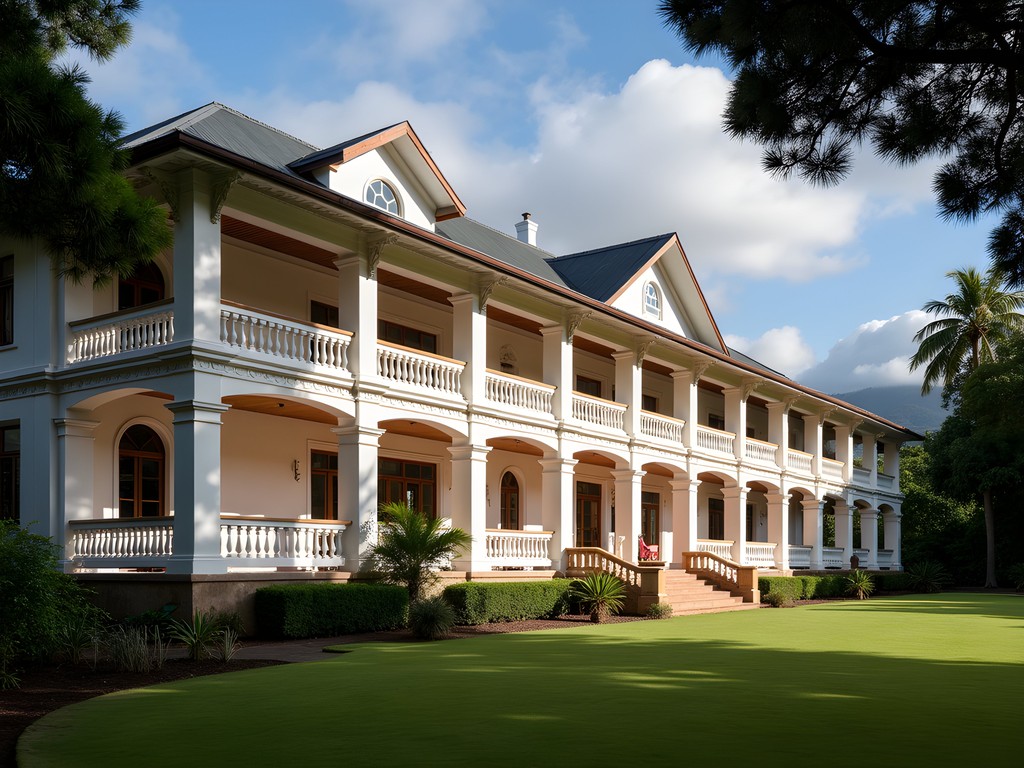
💡 Pro Tips
- The Robert Louis Stevenson Museum is closed on Sundays, so plan accordingly
- Combine your museum visit with the short hike to Stevenson's grave for older children (45 minutes round trip)
- Negotiate taxi fares in advance—expect to pay about 30 tala to the museum from downtown
Day 1: Evening – Sunset at Palolo Deep & Night Market
As the afternoon heat begins to wane, make your way to Palolo Deep Marine Reserve, just a 10-minute walk from downtown Apia. This protected natural aquarium sits surprisingly close to the urban center yet offers some of the most accessible snorkeling in the South Pacific. I've documented coral restoration projects across Oceania, and Palolo Deep stands out for its successful community management approach.
The entrance fee is nominal (about 5 tala for adults, 2 for children), and basic snorkel gear rental is available onsite. What makes this spot perfect for families is the unique geography—a deep blue hole surrounded by coral gardens that's accessible during high tide via a short swim from shore. Even young children can enjoy the shallow reef areas closer to the beach, while stronger swimmers can venture to the edge of the 'deep' where the coral displays are most vibrant.
I've visited during different seasons and found that late afternoon offers the perfect combination of soft light for underwater photography and fewer visitors. The marine reserve staff are passionate about ocean conservation and often take time to explain the different coral species to interested children—an impromptu marine biology lesson that beats any classroom experience.
As sunset approaches, dry off and head to the Samoa Tourism Cultural Village for the Thursday Night Market (if your 48 hours includes a Thursday). If not, the Taumeasina Island Resort hosts a similar cultural market on Tuesday evenings that's open to non-guests for a small fee.
These evening markets showcase Samoa's rich performance traditions alongside food stalls selling local delicacies. The fire knife dancing demonstrations are particularly spectacular—I still remember the wide-eyed wonder of a young girl standing next to me during my last visit, completely transfixed by the performers' skill and bravery.
For dinner, bypass the tourist restaurants and follow my lead to the food stalls at the market or along the seawall where locals gather. A plate of sapasui (Samoan chop suey) or palusami (taro leaves in coconut cream) costs a fraction of restaurant prices and offers more authentic flavors. My reusable cutlery set has been invaluable during these impromptu street food adventures—both environmentally friendly and practical for family dining on the go.
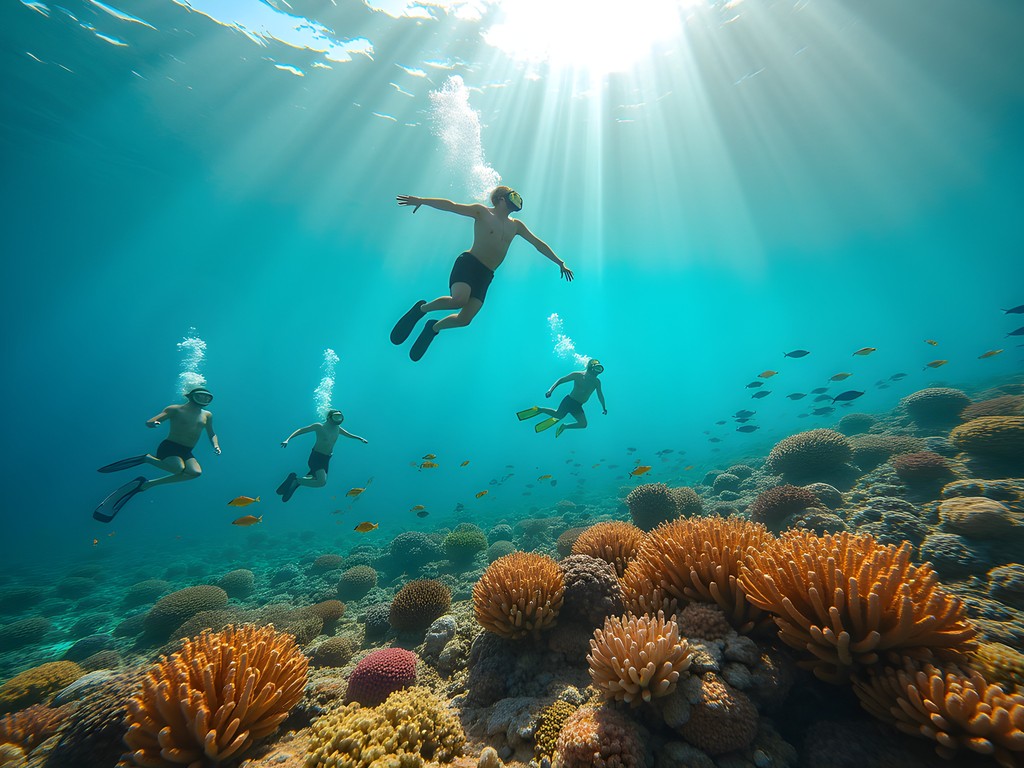
💡 Pro Tips
- Check tide times before visiting Palolo Deep—snorkeling is best at mid to high tide
- Bring reef-safe sunscreen to protect both your family and the coral ecosystem
- The Night Market food stalls typically only accept cash, so come prepared with small denominations
Day 2: Morning – Sunday Church & To Sua Ocean Trench
If there's one morning in Samoa that reveals the soul of the nation, it's Sunday. I encourage visitors to experience a traditional Sunday morning service, even if you're not religious. The White Sunday services are particularly moving, with children leading much of the worship. The harmonized singing alone is worth the early wake-up call.
I've attended services at both the Catholic cathedral in downtown Apia and smaller village churches. If you're nervous about intruding, don't be—Samoans are genuinely welcoming to respectful visitors. Simply dress modestly (shoulders and knees covered), sit quietly at the back, and follow the congregation's lead. Women should bring a light scarf to cover their heads in some denominations.
The architectural elements of Samoan churches deserve special attention. Many feature stunning stained glass depicting biblical scenes with Pacific Island imagery—a fascinating visual dialogue between European religious traditions and Samoan cultural expressions. The high ceilings and open sides create natural ventilation that keeps even packed congregations comfortable in the tropical heat.
After church (services typically end by 10:30am), it's time for the highlight of many Samoan itineraries: To Sua Ocean Trench. Located about an hour's drive from Apia on the south coast, this natural swimming hole connected to the ocean through underground tunnels is a masterpiece of natural design.
The 30-meter wooden ladder descending into the grotto might look intimidating, but it's sturdier than it appears. I've seen children as young as five make the climb with parental supervision. Once you reach the swimming platform at the bottom, you'll be rewarded with what must be one of the most photogenic swimming spots on earth—crystal clear water in an impossible shade of turquoise surrounded by lush tropical vegetation.
For families with very young children or those uncomfortable with the ladder, the grounds surrounding To Sua offer equally spectacular views and beautiful picnic spots overlooking the ocean. My waterproof phone case has been essential for capturing underwater shots in the trench without risking my expensive camera equipment—a worthwhile investment for family travel in Samoa where water activities feature prominently.
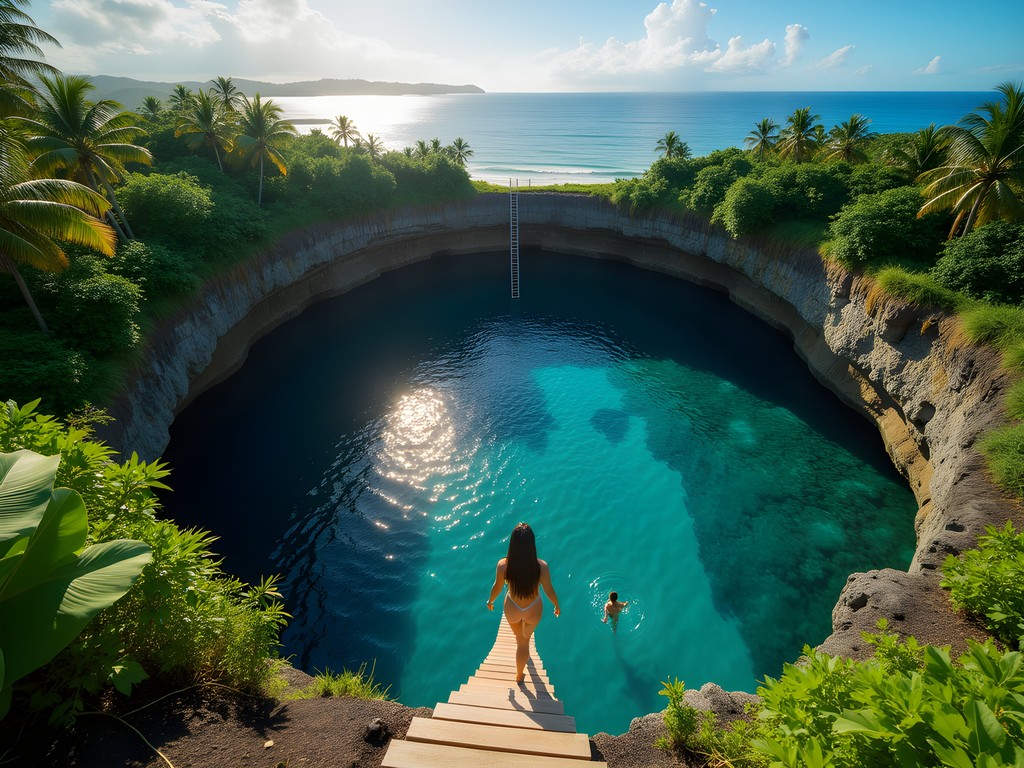
💡 Pro Tips
- Most businesses close on Sundays in observance of religious traditions, so plan accordingly
- Bring cash for To Sua entrance fees (about 20 tala for adults, 10 for children)
- Pack a picnic lunch as food options near To Sua are limited on Sundays
Day 2: Afternoon & Evening – Piula Cave Pool & Farewell Feast
After the magnificence of To Sua, continue your coastal exploration with a stop at Piula Cave Pool on your return journey to Apia. This freshwater spring flows from a lava tube cave on the grounds of a Methodist church and theological college, creating a natural swimming pool that's both refreshing and historically significant.
What fascinates me about Piula from a design perspective is how the natural formation has been minimally enhanced for human enjoyment without compromising its integrity. Simple stone steps lead into the crystal-clear water, and a small gap in the rock wall allows adventurous swimmers to access a second connected pool inside the cave itself.
The water remains cool even on the hottest days, making it a perfect afternoon refresher for families. The modest entrance fee (10 tala for adults, 5 for children) helps support the theological college, and changing facilities are available on site. During my documentation work with local communities, I learned that this pool has been a gathering place for generations of Samoans, with many elders recounting stories of swimming here as children.
As your 48 hours in Apia draws to a close, there's no better way to conclude your visit than with a traditional fia fia night. These cultural dinner shows offer a comprehensive introduction to Samoan performing arts, from the graceful siva (dance) to the heart-stopping fire knife performances.
While most major hotels offer fia fia nights, I recommend the one at Sinalei Reef Resort (about 45 minutes from Apia) for its authenticity and respect for cultural traditions. Yes, it's designed for tourists, but the quality of performance and food elevates it beyond typical tourist fare. The resort welcomes outside guests for their Wednesday evening shows with advance booking.
The buffet features traditional dishes like umu-cooked pork, taro, and palusami alongside more familiar options for less adventurous eaters. What makes this particular show special is how the performers share the cultural significance behind each dance and song, creating an educational experience alongside the entertainment.
Before heading to the airport the next day, make one last stop at the EFKS Museum near the harbor. This small but thoughtfully curated collection documents the profound influence of the Congregational Christian Church on Samoan society and architecture. The traditional fale-inspired building itself is worth studying for anyone interested in sustainable tropical design principles.
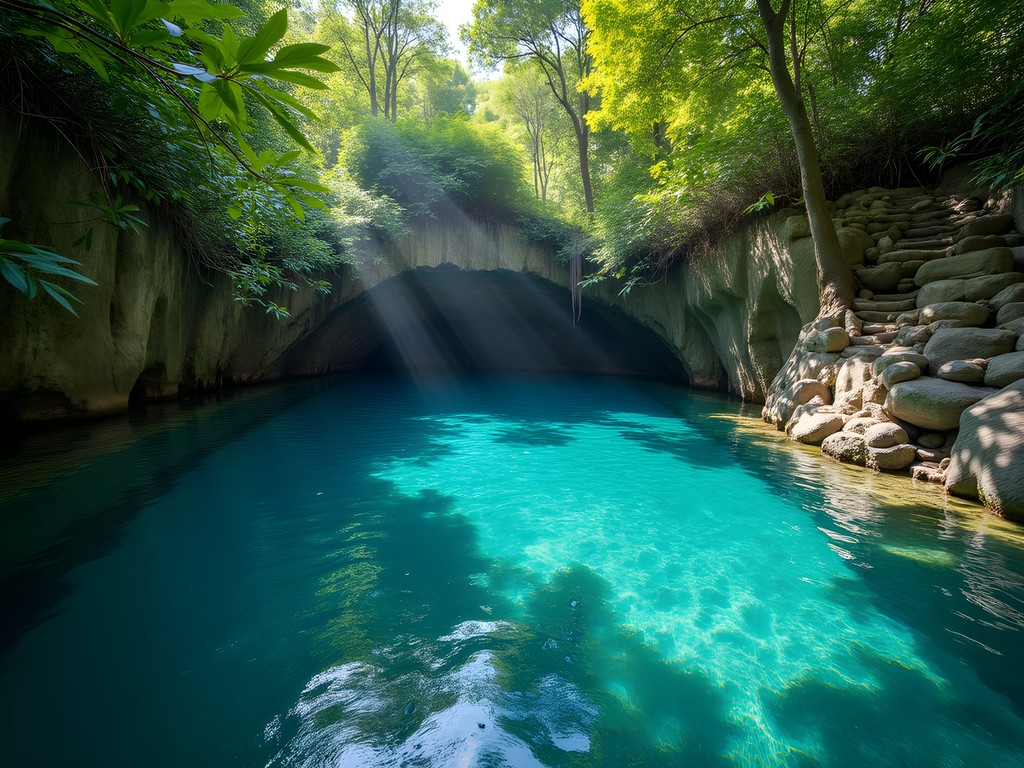
💡 Pro Tips
- Bring modest swimwear for Piula Cave Pool as it's on church grounds
- Make reservations for fia fia nights at least one day in advance
- Purchase handcrafted souvenirs at the EFKS Museum gift shop where proceeds support local artisans
Final Thoughts
As my taxi pulled away from Apia toward Faleolo International Airport, I found myself already planning my return. In just 48 hours, this capital city reveals a profound design philosophy that extends far beyond buildings and objects to encompass an entire way of life. Samoa teaches us that the most sustainable designs are those that work with—rather than against—natural systems, a lesson increasingly relevant in our climate-challenged world. What makes Apia particularly special for family travel is how accessible these cultural experiences are without the artificial barriers that often separate tourists from authentic engagement. Your children won't just observe Samoan culture; they'll be welcomed into it, forever changing their understanding of community and connection. So pack light, bring open hearts, and prepare for Apia to redefine your family's concept of island paradise. Fa'afetai tele lava, Samoa—until we meet again.
✨ Key Takeaways
- Apia offers rich cultural experiences at budget-friendly prices suitable for families
- Sunday church services provide an authentic window into Samoan community life
- Natural attractions like To Sua Ocean Trench and Piula Cave Pool offer unforgettable experiences for all ages
- Local markets and street food provide the most authentic and economical dining options
📋 Practical Information
Best Time to Visit
year-round, though May-October offers less rainfall
Budget Estimate
$50-100 USD per day for a family of four excluding accommodation
Recommended Duration
2-3 days in Apia, 5-7 days for all of Samoa
Difficulty Level
Beginner

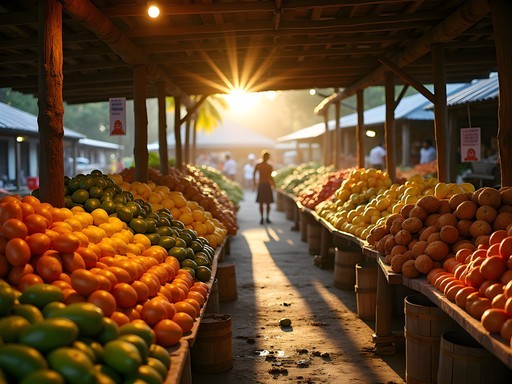
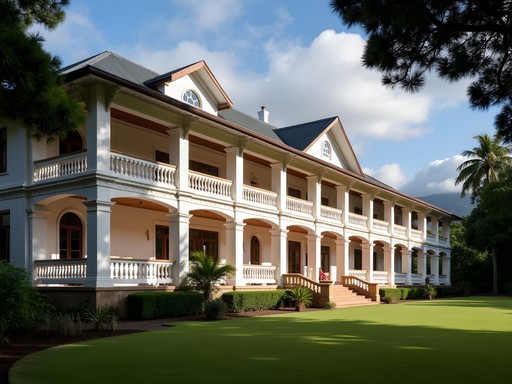
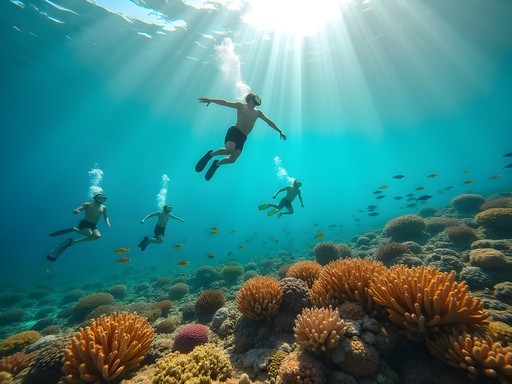

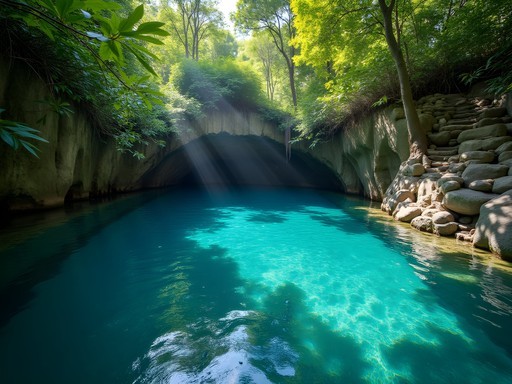


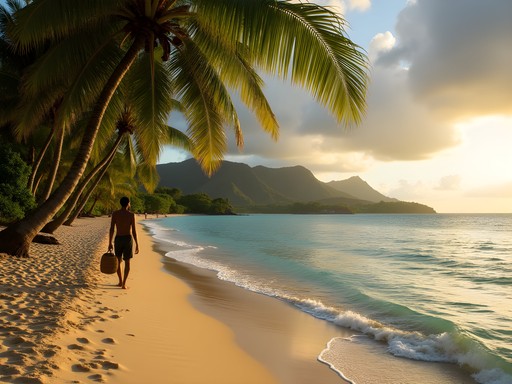
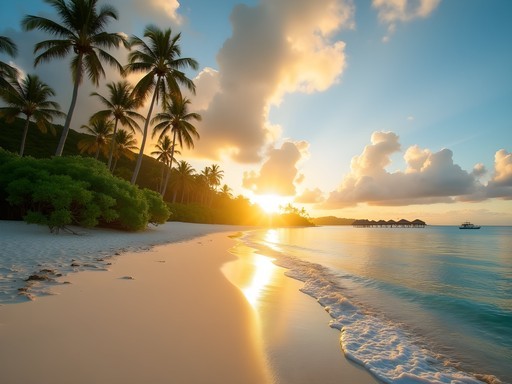
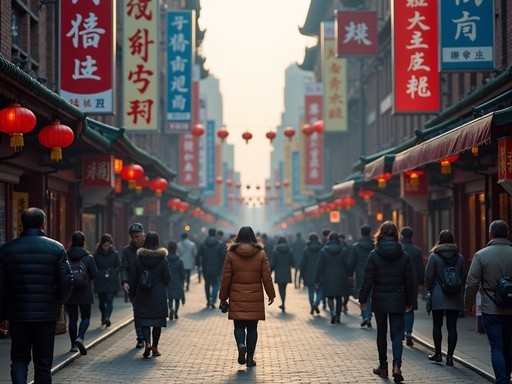
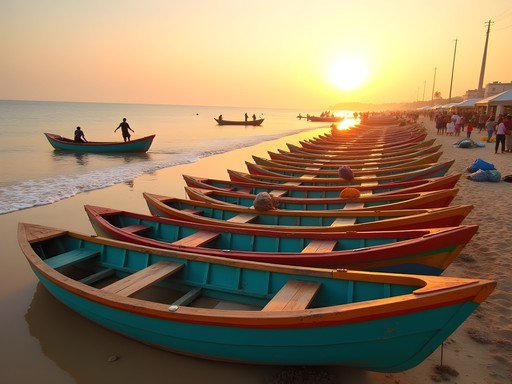
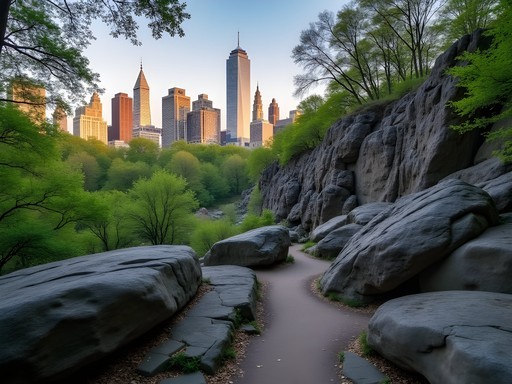
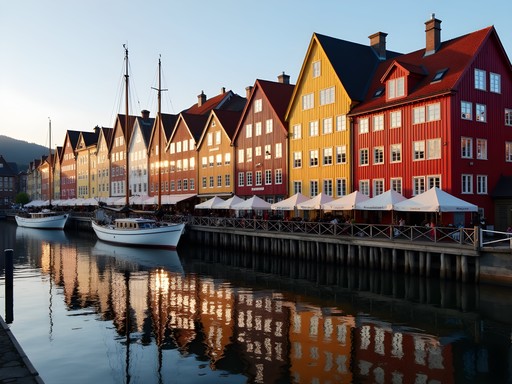
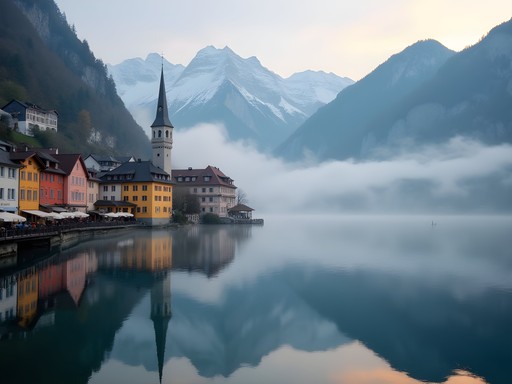
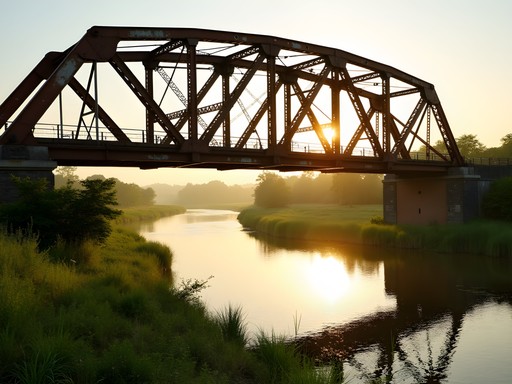
Comments
redbackpacker
Any food recommendations beyond what's in the post? Going next month and I'm a total foodie!
springstar
You HAVE to try oka (raw fish in coconut cream) and the palusami (taro leaves with coconut cream). Paddles Restaurant has amazing local food with a modern twist. And don't miss the cocoa rice for breakfast!
Douglas Bradley
Excellent itinerary that captures the essence of Apia's cultural landscape. I'd suggest one amendment for those interested in Samoan literary history - allow at least 2 hours for the Robert Louis Stevenson Museum and grounds. The guided tour provides fascinating context about his final years in Samoa, and the hike up to his grave on Mt. Vaea offers panoramic views that are worth the sweaty climb. Also worth noting that many businesses close early on Saturdays and remain closed Sundays, so plan accordingly. The cultural performance at the Samoa Cultural Village (free on Tuesdays and Thursdays) would make an excellent addition if your 48 hours include those days.
Marco Suzuki
Excellent itinerary that captures Apia's essence efficiently. I visited solo last year and would add that the National Museum of Samoa, though small, offers valuable context about fa'a Samoa (the Samoan way) that enhances every other experience on the island. For solo travelers, I found the waterfront area exceptionally safe for evening walks, with plenty of opportunities to chat with locals. One practical note: many places close early on Saturdays and almost everything shuts down on Sundays, so planning around this cultural rhythm is essential. The 48-hour timeframe is tight, but Olivia has prioritized perfectly for a first visit.
globefan
Thanks for mentioning the National Museum! Adding it to my list. How was getting around as a solo traveler? Did you use taxis or buses?
Marco Suzuki
I primarily used the colorful local buses within Apia - they're an experience in themselves! For further destinations like To Sua, I joined a day tour which was cost-effective and provided cultural insights I might have missed otherwise. Taxis are reliable but negotiate the fare upfront.
skystar
That sunset photo at Palolo Deep is absolutely stunning! What camera do you use?
springstar
To Sua Ocean Trench is even more spectacular than it looks in photos! One tip I'd add - go on a weekday if possible. We went on Saturday and it was pretty crowded with both tourists and locals. The ladder down is a bit intimidating but totally worth it! Also, don't miss Piula Cave Pool if you have extra time. It's less famous but we had it almost to ourselves and the freshwater was so refreshing. I used my underwater camera and got some amazing shots swimming through the cave system there.
beachbackpacker
How's the public transportation in Apia? Is it easy to get around without taxis?
springstar
The colorful buses are actually super fun to use! They're cheap but don't expect a schedule - they come when they come. For To Sua though, you'll definitely need a taxi or tour.
beachbackpacker
Thanks for the tip! Sounds like an adventure in itself!
Hunter Thompson
Just got back from Samoa last month and Apia was such a highlight! The Maketi Fou market is even better than described - get there early (like 7am early) to see the locals doing their weekly shopping. The fresh coconuts and palusami are absolute must-tries! I'd add that renting a scooter is the way to go if you're comfortable - lets you zip between all these spots without waiting for taxis. The Sunday church suggestion is spot on - just remember to dress respectfully and bring a small donation.
redbackpacker
Is it okay to attend church services as a tourist? I'm worried about being intrusive.
Hunter Thompson
Totally fine! The Samoans are really welcoming. Just dress modestly (covered shoulders/knees), sit quietly at the back, and follow what others do. The singing is incredible!
freechamp
Apia looks amazing! Adding this to my bucket list for sure. Those beaches are calling my name!
adventurechamp
Those night market food pics are making me hungry! Is the taro really as good as it looks?
oceangal
Not the author but I've been there - YES! The palusami (taro leaves with coconut cream) is to die for!
wildguy2650
Don't miss the coconut cream at breakfast. Life-changing stuff.
Venture X
Premium card with 2X miles, $300 travel credit, Priority Pass